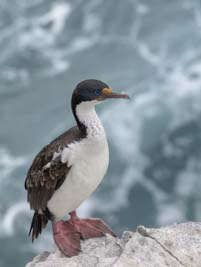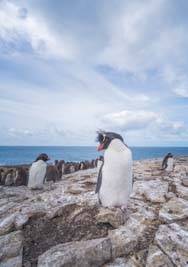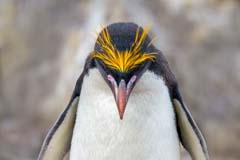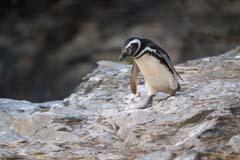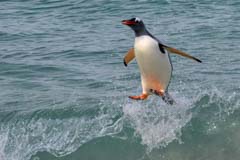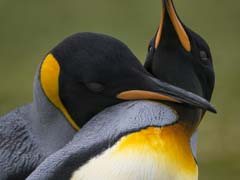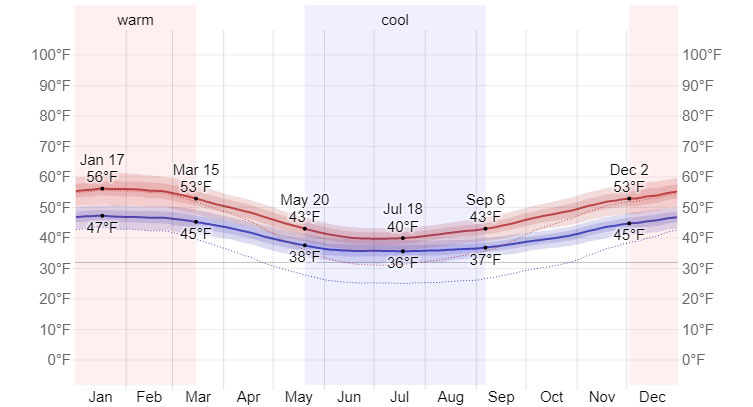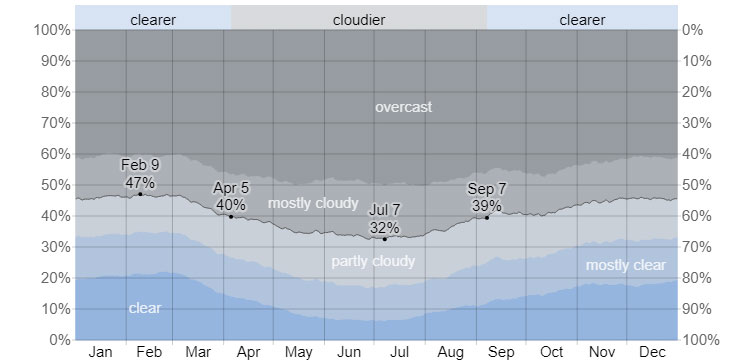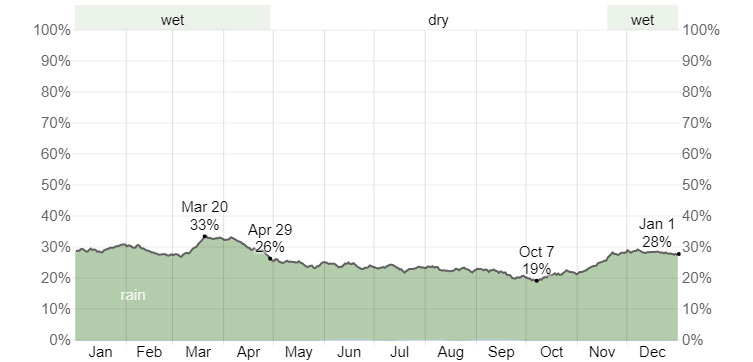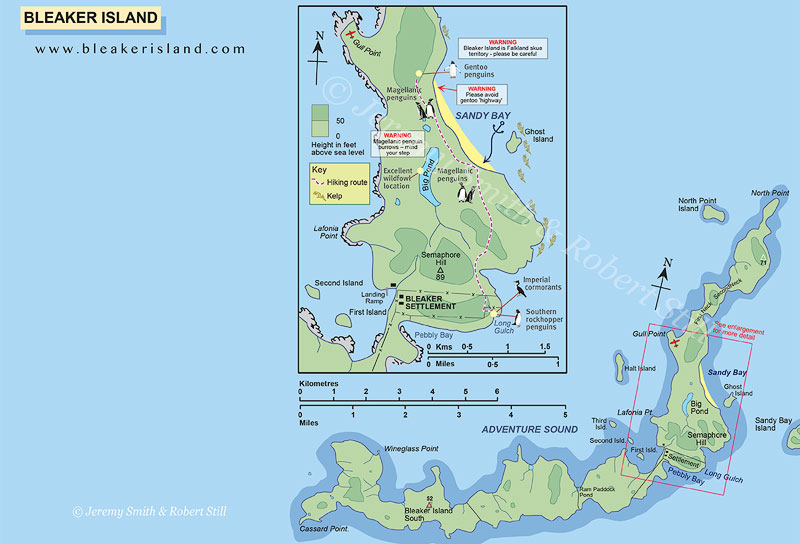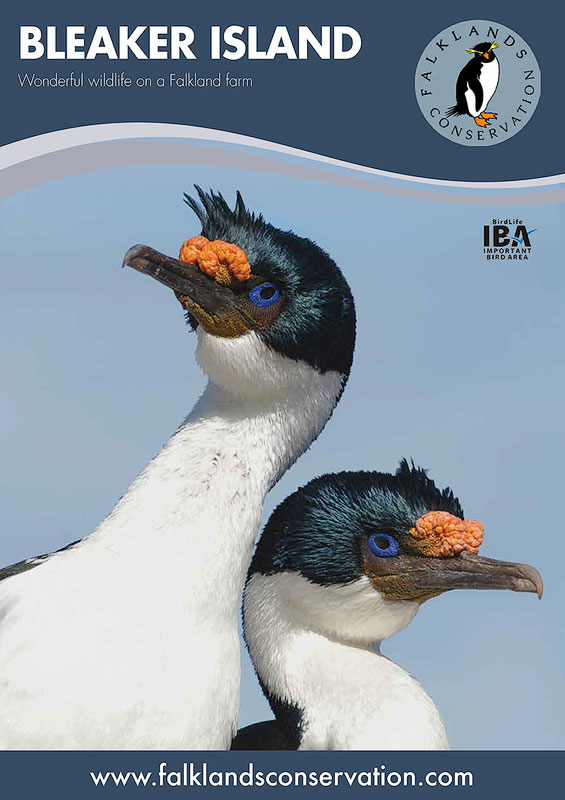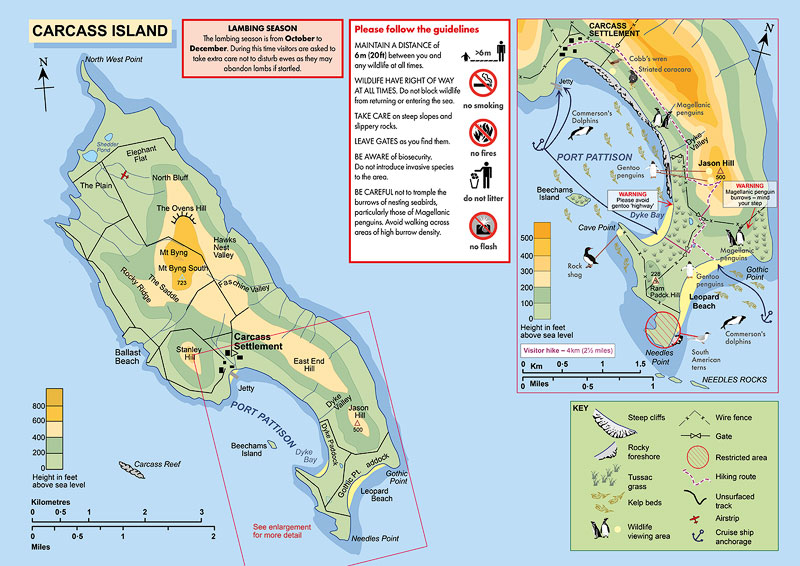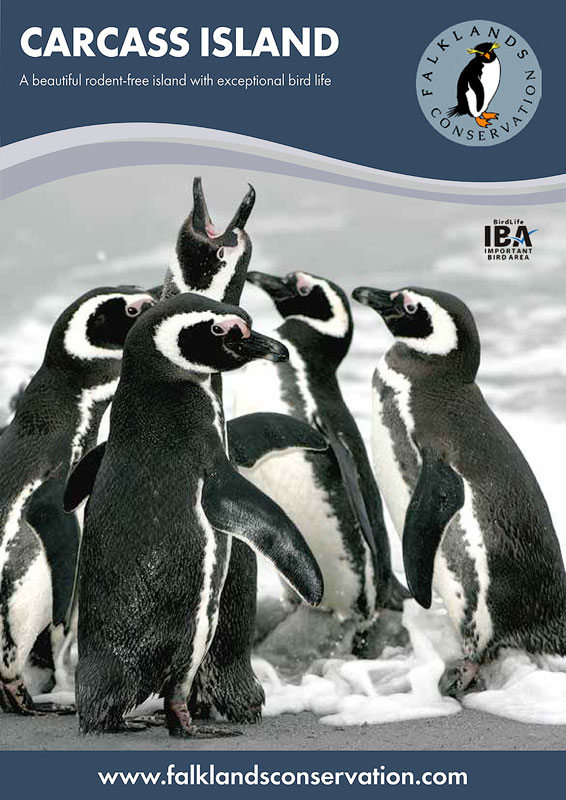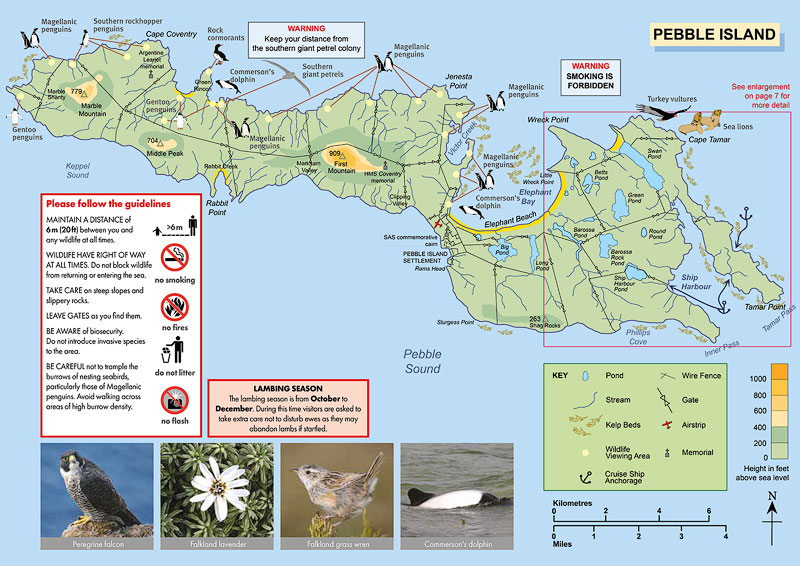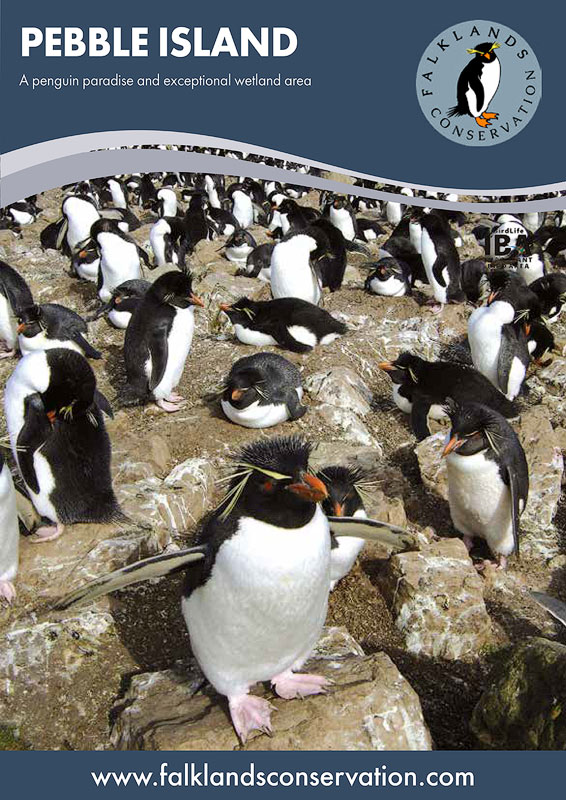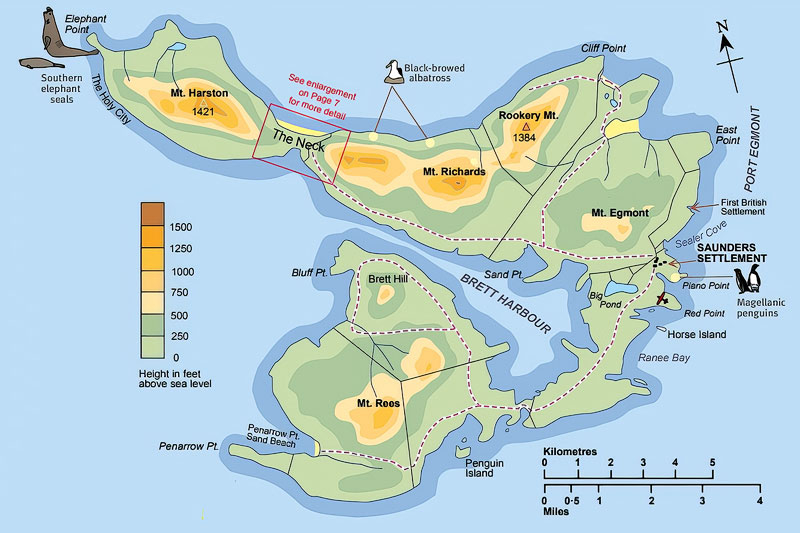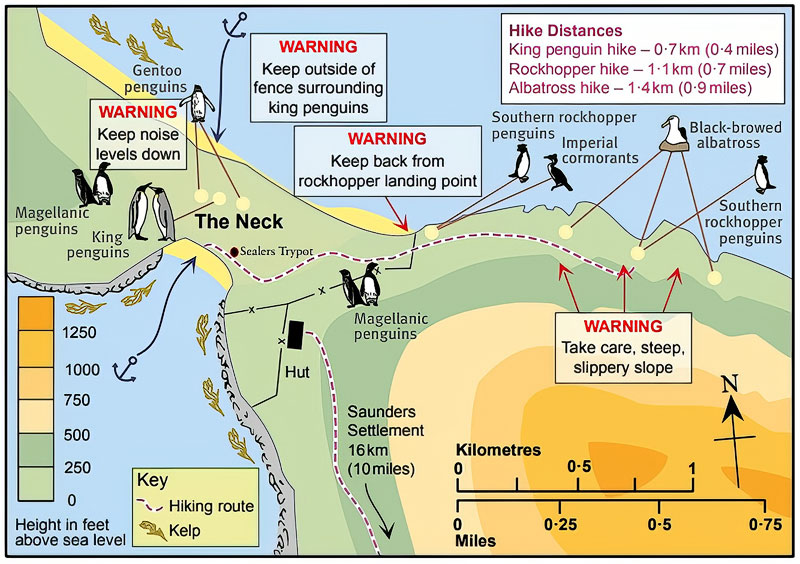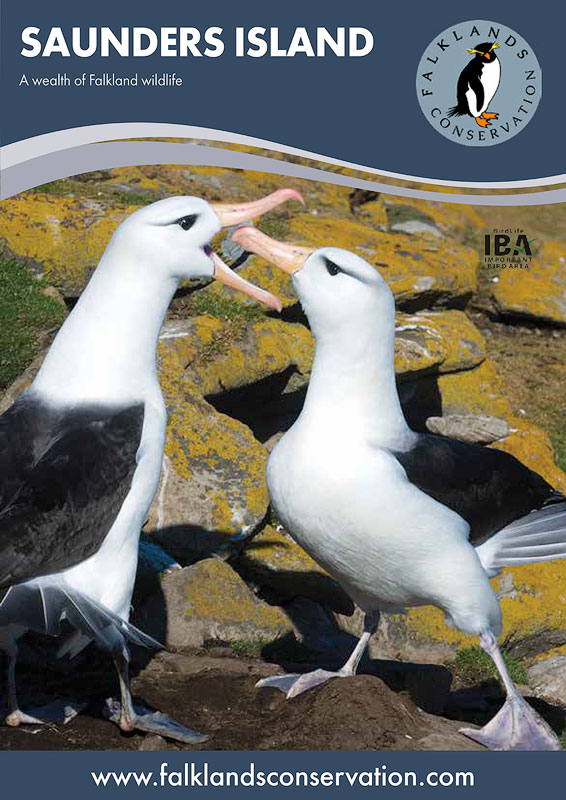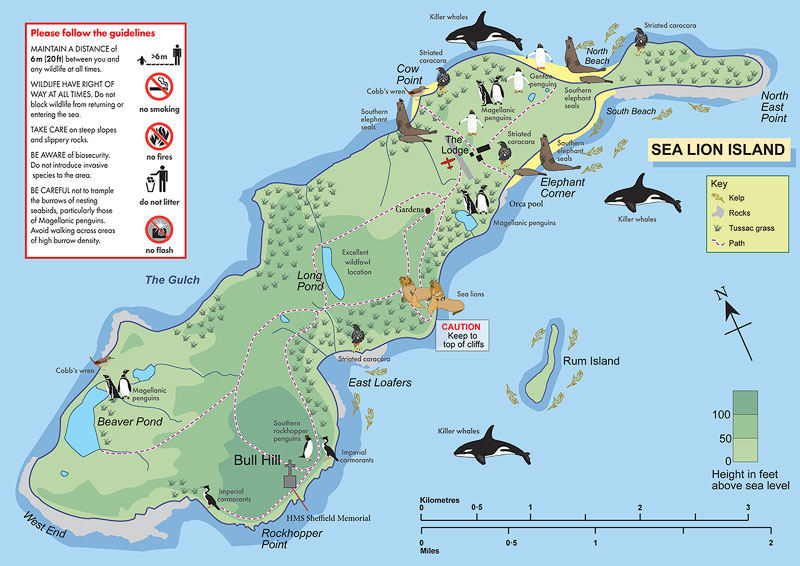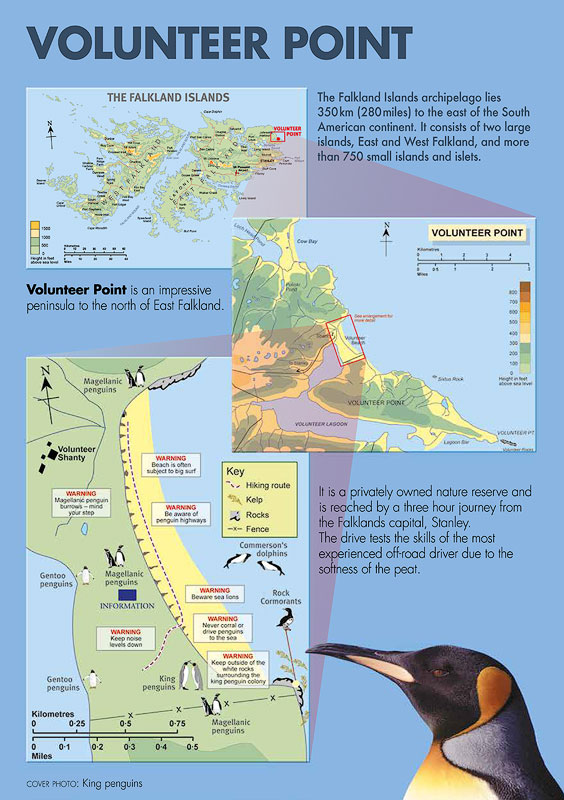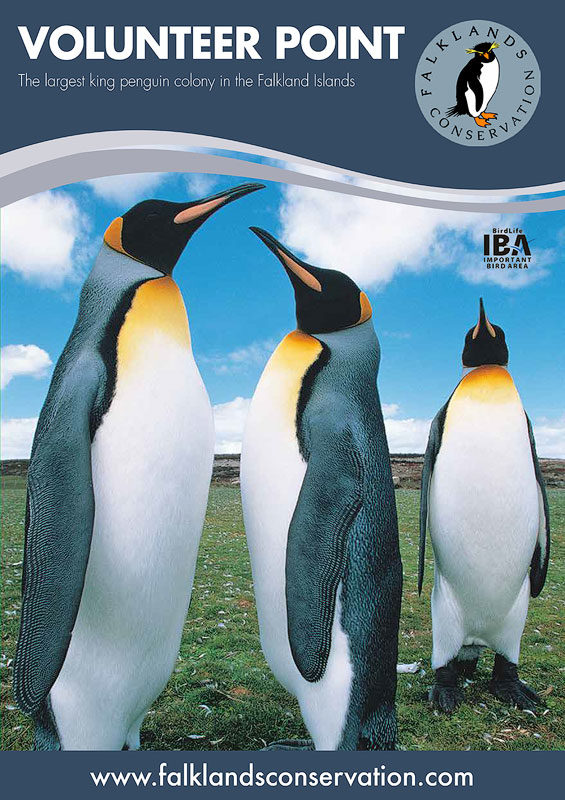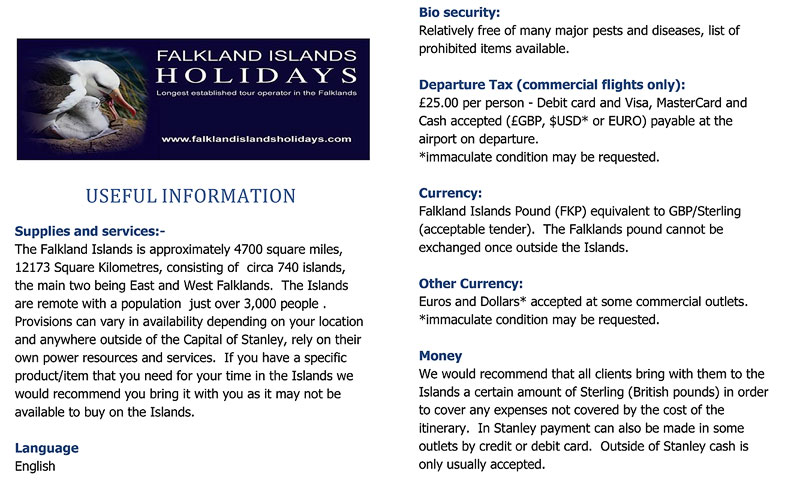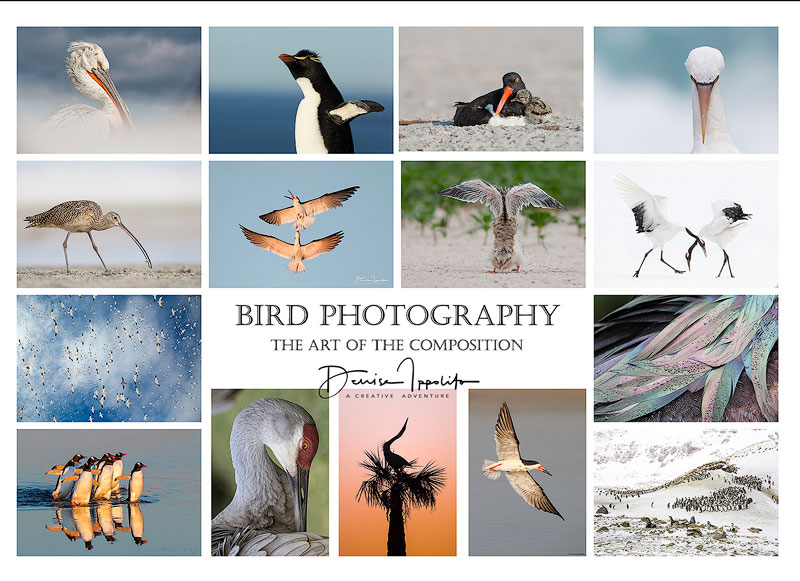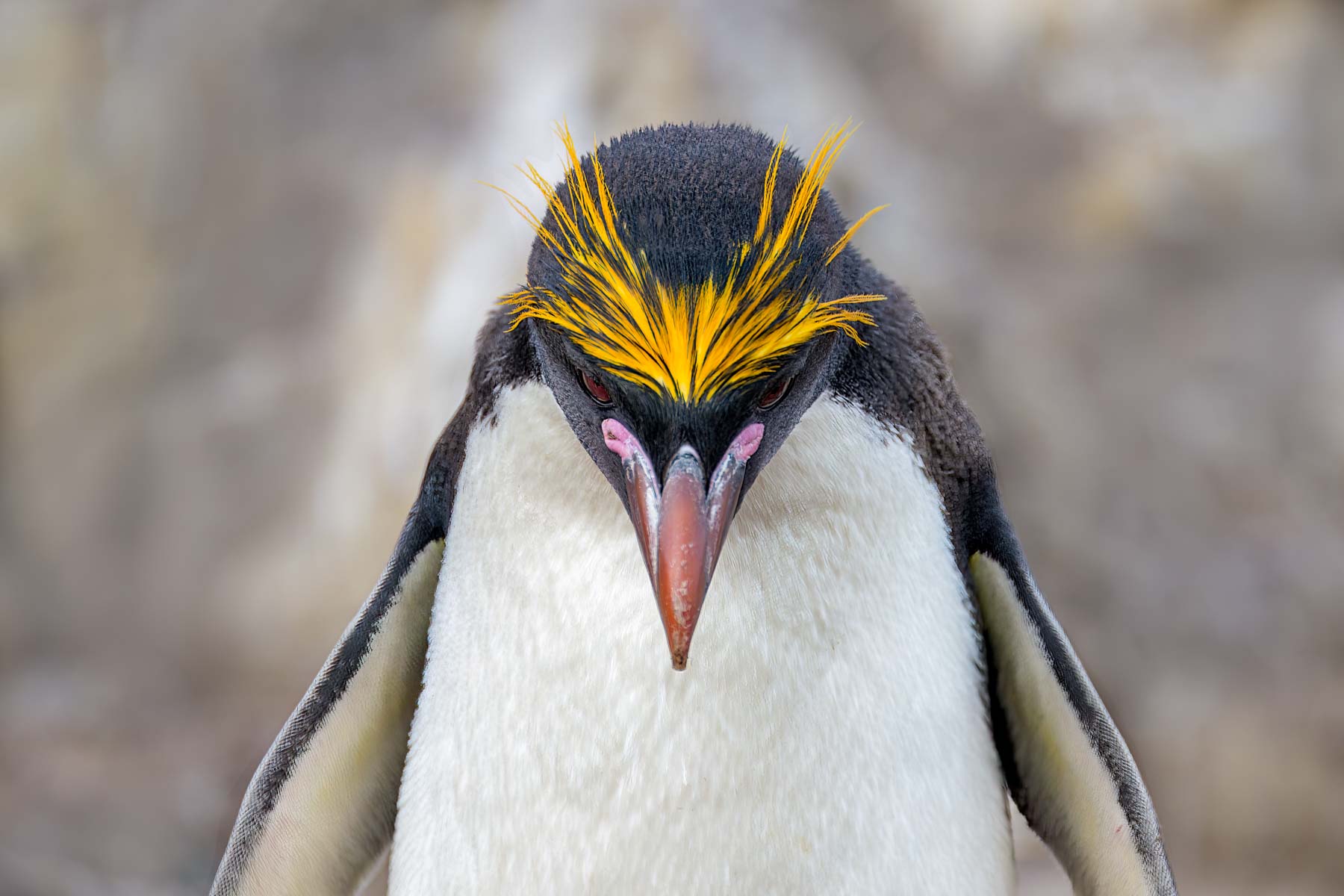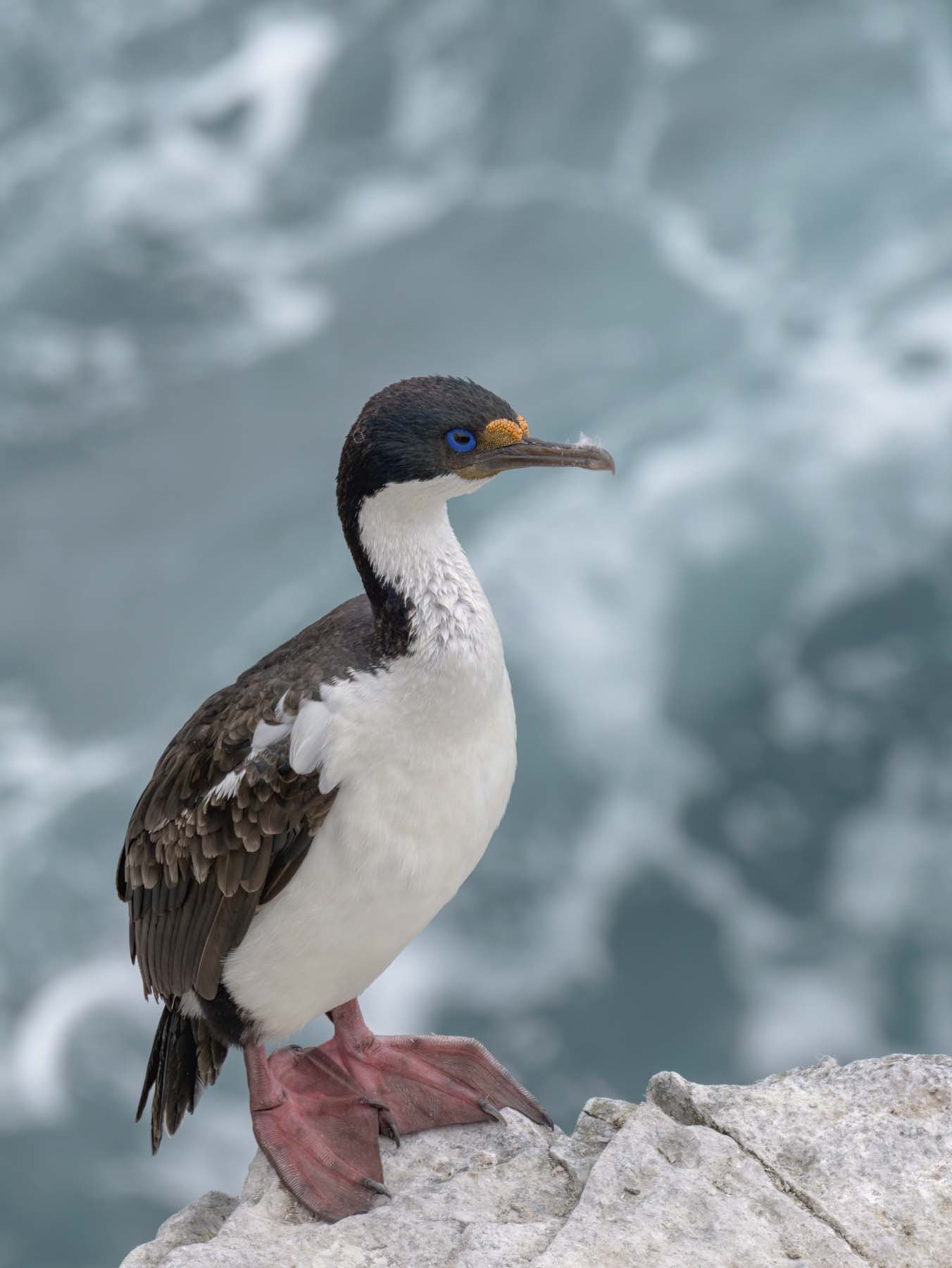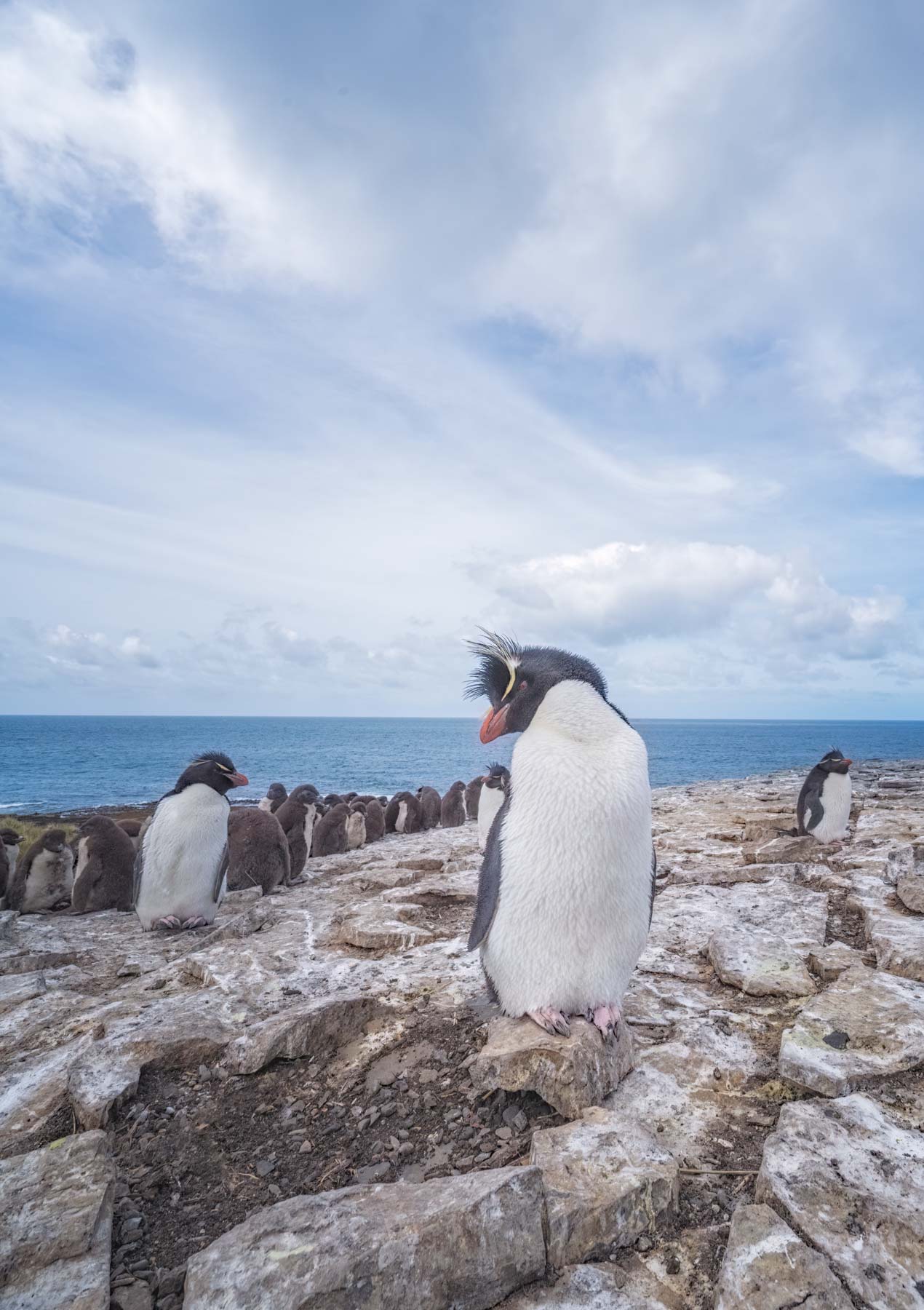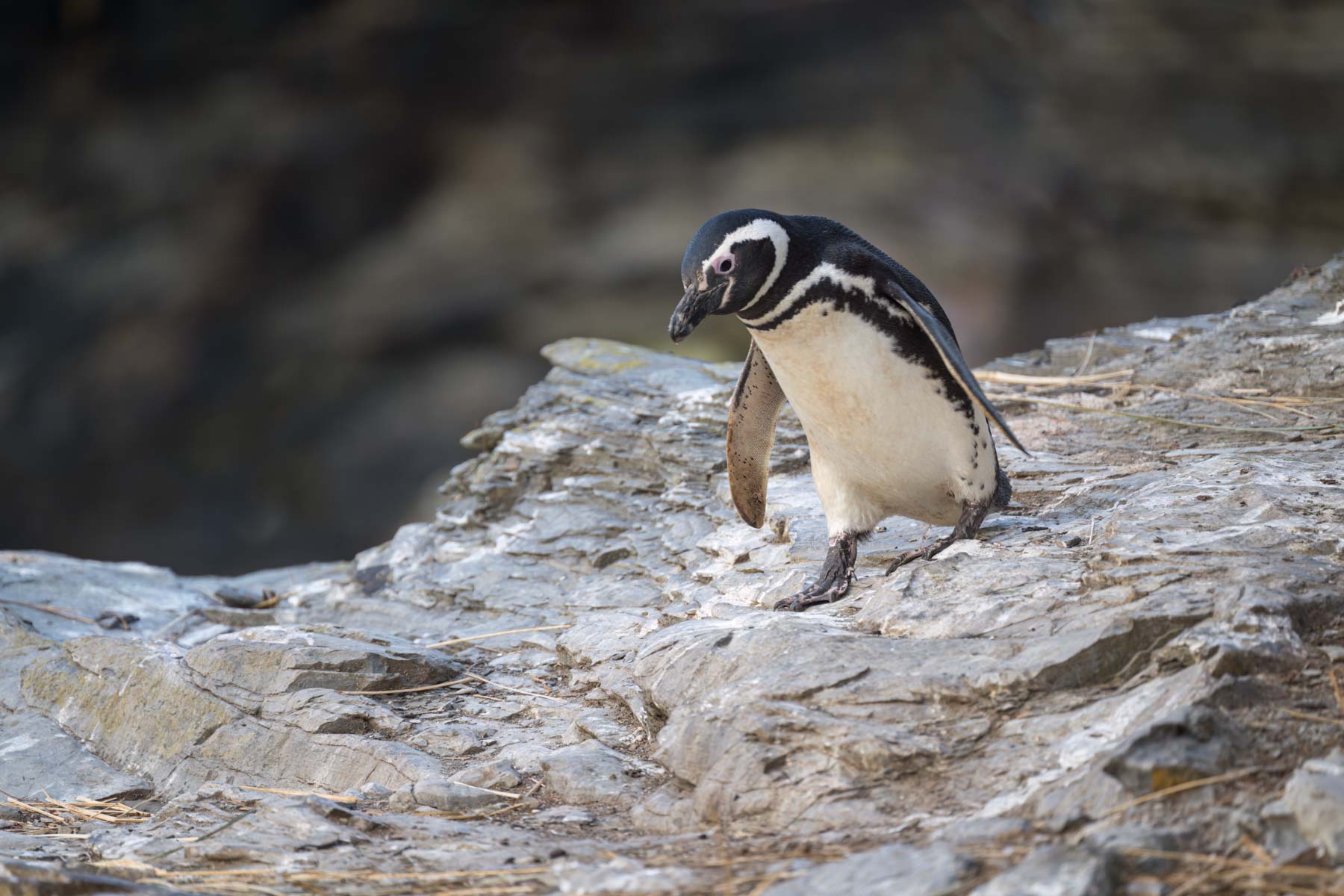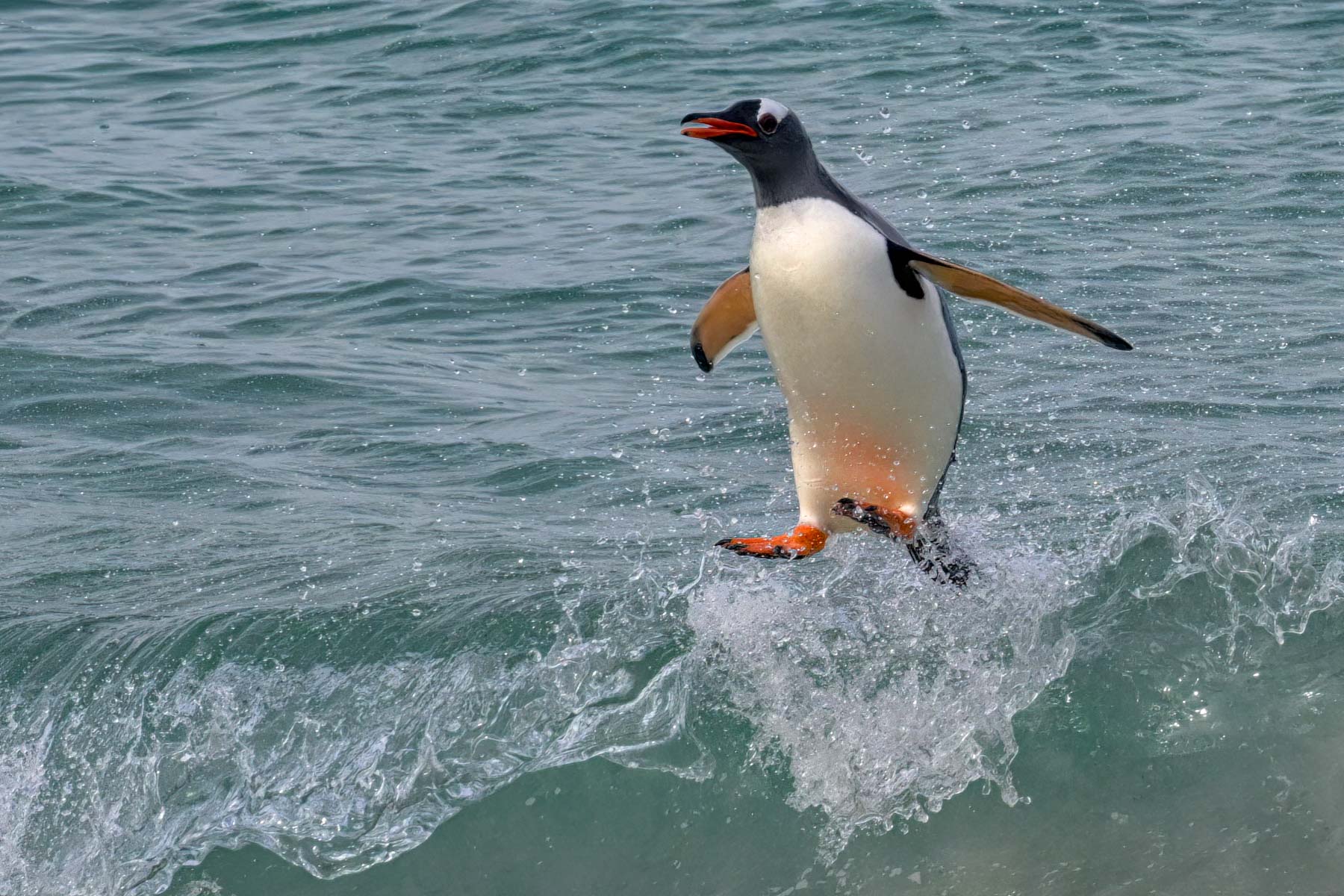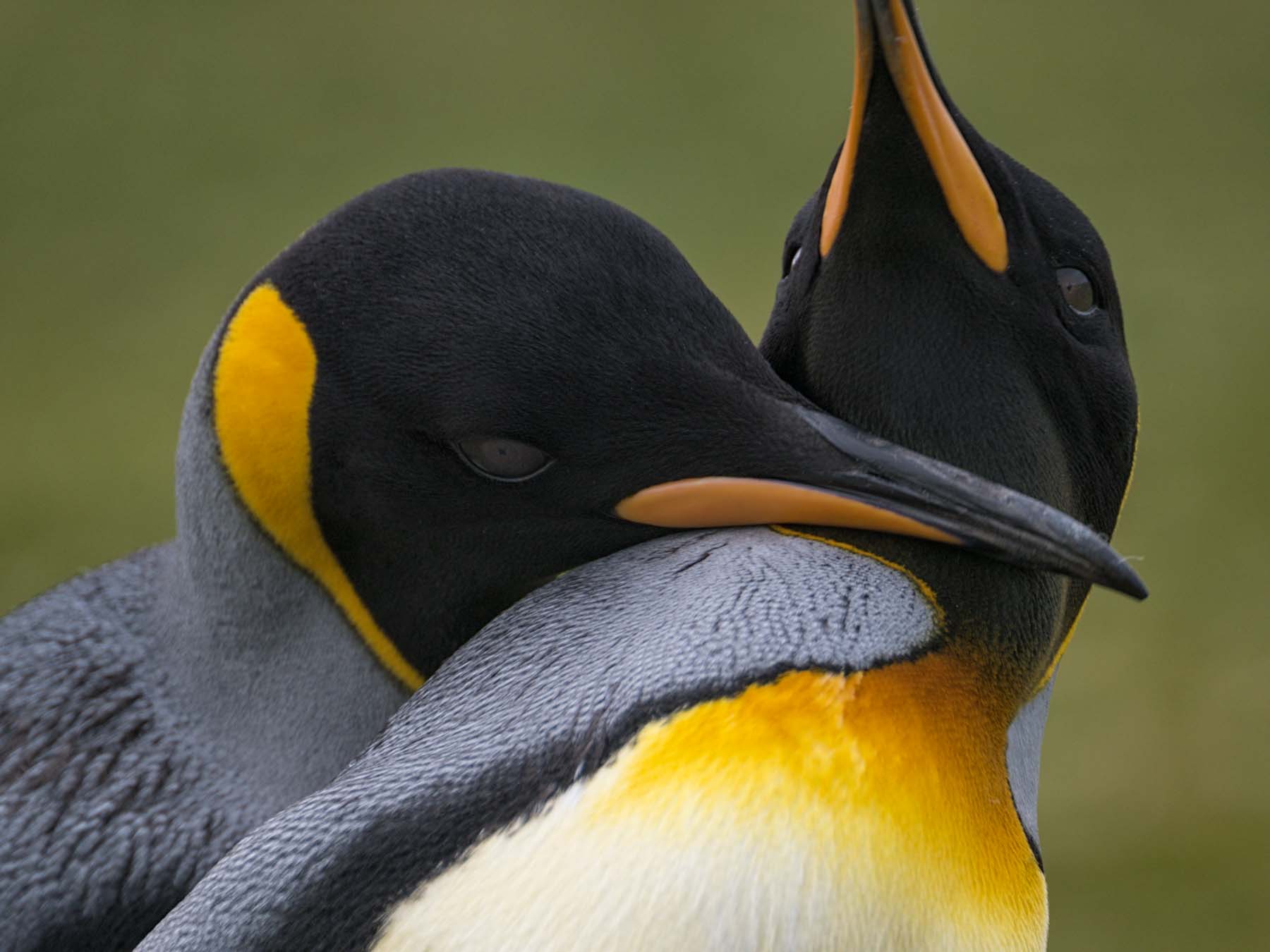The Falkland Islands
Introduction
The Falkland Islands are a "holy grail" destination for birders, bird photographers, and wildlife devotees. One can find five species of penguins on the islands, sea lions, elephant seals, and 65% of all the black-browed albatross worldwide. For most, the Falklands are a one or two-day stopover on an Antarctic Cruise, but to fully appreciate the islands, you need to spend at least a week there and preferably two. Unless you come by cruise ship, visiting the Falklands is difficult. Latam runs a once-a-week Saturday flight to the islands from Santiago, Chile via Punta Arenas. The flight often runs late. On our recent trip, we were delayed by several hours on arrival and by a whole day on departure. The UK Ministry of Defence has flights from Oxfordshire twice a week but they are expensive and uncomfortable. If you are coming from the UK or Europe, the UK flight is probably the best way to get there, though.
There are over 700 islands in the Falkland archipelago. Most of the islands are uninhabited. The Falkland Islands Government Air Service runs air taxis amongst those islands with airstrips. Based on the 2019 (latest pre-covid report )Falkland Islands Tourism Statistics Report the most popular islands to visit are Sea Lion (25%), Saunders (19%), Pebble (16%), Carcass (15%), and Bleaker (14%). Lodging is available on all of these and should be booked well in advance. Lodging can be somewhat primitive. The easiest way to see the Falklands is to go on a tour. I highly recommend those given by Denise Ippolito. Alternatively, local tour companies in Stanley can design itineraries and make bookings for you. Finally, it is possible to do it on your own. Interisland air is easy to arrange but arranging lodging and should be done a year or two in advance unless you are willing to camp. You will also need to arrange for drivers to take you to the best locations or be prepared to do a lot of hiking.
When to Go
The Falklands high season runs from November 1 to February 28. The Falkland Islands gets less than 2,000 leisure tourists each year, with almost all arriving between October and March. November is the most popular month to visit. The average stay is 10.4 days, so people typically stay one or two weeks on the islands. The November to February period coincides with the Falklands summer. Summers in the Falklands are cool and generally comparable to summers in Reykjavik, Iceland. The primary reason to visit the Falklands in summer is the penguins. Of the five genera of penguins that nest on the Falklands, three are out to sea in the Falklands winter. The Falklands winter runs from April through early October, so you'll miss these three species if you go then. In summer, all five genera of Falkland penguins are present. Falkland penguins mate, lay eggs and raise their young from late October through February. By mid-March, penguins begin molting, making this a bad time to go.
The Penguins
Rockhopper, Magellanic, and Macaroni penguins spend much of their year out to sea. Rockhoppers are out to sea from April through September. In early October, they return from sea to breed. They return to the same colony yearly and often have the same nest and partner. Females choose their mate based not only on his appearance but also on the size and location of his nest. Males spend several weeks constructing the nest from small rocks and sticks. Rockhopper colonies can be huge and frequently include substantial numbers of Imperial Cormorants. It is believed that these mixed colonies offer some protection against predation. Rockhoppers lay two eggs in early November. The first smaller egg often is lost. Incubation takes 32-34 days. Both parents incubate the eggs. Chick rearing occurs from mid-December to mid-February, and molting occurs from mid-February to mid-April, after which rockhoppers return to the sea. Rockhoppers are not afraid of humans and occasionally will come to investigate you; approach to within five feet or so and stay still. Rockhopper penguins are mainly black and white but are very photogenic with their yellow punkish crest and red eyes. Shoot portraits in colonies mid-day or try to capture them later in the day as they bound around on rocks and come ashore.
Macaroni penguins are similar in appearance to rockhoppers, differing in size and the color and the location of the start of their crest feathers. Rockhopper crest feathers are more yellow in appearance and start over their eyes. Macaroni crest feathers are gold to orange and start just above their beak. Macaronis are the most common penguin worldwide. It is estimated there are eleven million breeding pairs worldwide. Despite this, less than 50 macaroni penguins are found on the Falkland Islands. Consider yourself lucky if you see them. On our trip, we saw them on East Falkland Island and Sea Lion Island. The Falklands are the northern limit of the Macaroni range. Macaronis often nest with rockhopper penguins and occasionally mate with them. Viable hybrids sometimes occur. Macaronis feed on krill and other crustaceans, fish, and squid. They also consume small rocks to help them pulverize crustaceans and for ballast. Macaroni penguins typically live between eight and fifteen years.
Magellanics are the smallest penguin and live in burrows. They have a very similar annual cycle to the rockhoppers. They are also the least photogenic of the penguins since they lack color and are often covered in dirt. In October, male magellanics are very aggressive and fight each other for burrows and females.
Gentoo and King penguins spend all year on land. Gentoo eggs are laid in October. By late January, the chicks are ready to go to sea looking for food. Gentoos are the fastest diving bird and can reach speeds of 22 mph. They can stay underwater for up to seven minutes and dive to 650 feet. Gentoo juveniles are known for their "chick chase", where they pursue their parents around the colony looking to be fed. It is comical to see. The chase has some plus sides in that it gets the chicks out of their nest earlier and helps them gain the stamina they will need when they first go out to sea. Gentoos colonies can be up to three miles from the coastline. Each day they go out to hunt at dawn and return to the colony late in the day via a well-defined "Penguin Highway". When walking to the coast, please avoid the Penguin Highway.
King penguins are the second largest after the emperor penguin. They are the most beautiful penguin. There are about 2,000 breeding pairs of kings at Volunteer Point on East Falkland Island. It takes 2 to 3 hours to get to Volunteer Point from Stanley. Visiting Volunteer Point is a must-do excursion. Most of the drive is off-road. You should not attempt it yourself, even in good (dry) conditions. The road is almost non-existent for the last 90 minutes of the drive, and it would be easy to get stuck in mud by taking a wrong turn. There is also a small king penguin colony of 20 pairs near The Neck on Saunders Island. King penguins repeatedly dive to over 300 feet when foraging. Giant petrels, Skua, Caaracara, and Turkey Vultures feed on king penguin eggs and chicks. Offshore predators include leopard seals, sea lions, and orca whales.
Climate
Summers in the Falklands are cool and windy. January is the warmest month, with an average daily high of 56°F and a low of 47°F. The average wind speed in Stanley is 18 mph, so it will feel colder than that. Be sure to bring rain and wind gear with you. You will need it.
February is Stanley's clearest month of the year, with clear or partly cloudy skies 47% of the time.
The daily chance of precipitation is 28% in Stanley during January, and total January rainfall is 1.7 inches. It barely rained on our recent trip; locals told us this is not uncommon in recent years.
Maps and Other Resources
Here are some locally produced maps and brochures showing the approximate locations of various colonies, viewpoints, and other information. You can download a full resolution map or brochure by clicking on the image or caption. Note that colonies occassionally move to fresher ground so always ask locals for updated information.
Google Map showing various Points of Interest
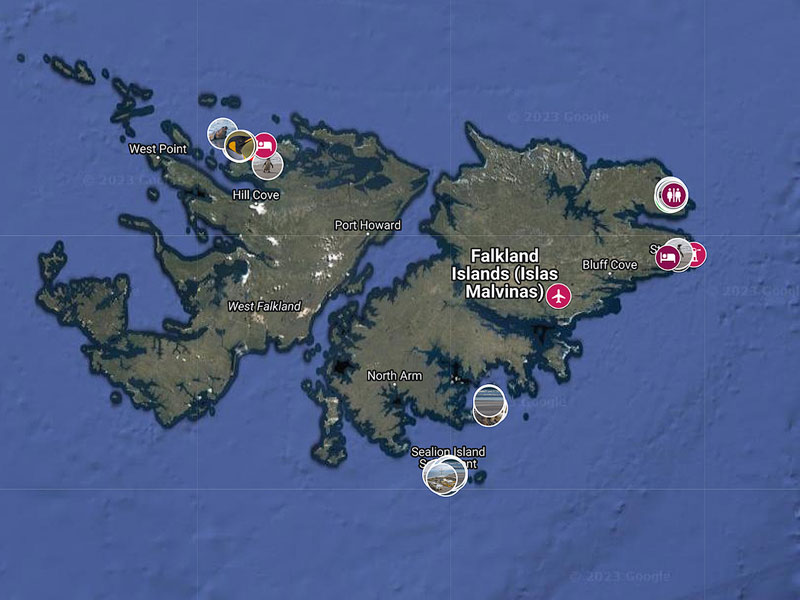
To view the map in Google Maps please click anywhere on the map above.
- Click to download a KMZ file (Note - in IE Right Click and choose Save Target as)
- Click to download a KML file (Note - KML files do not include custom icons)
- Click to download a GPX file (Note - in IE Right Click and choose Save Target as)
